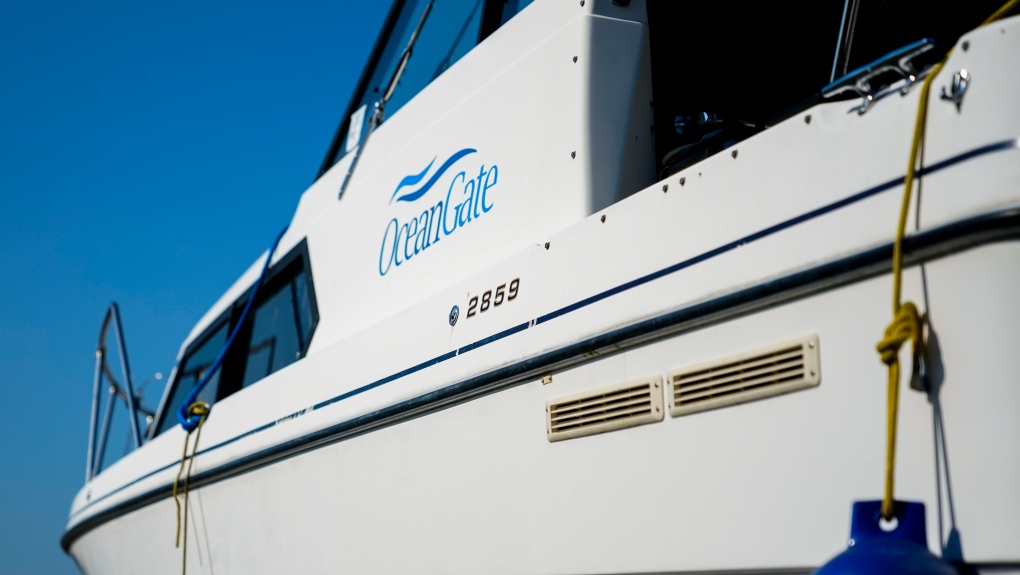
Questions emerge about Titanic-bound sub's regulation, as investigators hunt for reason it imploded
CTV
Authorities hunted Friday for the reason a submersible carrying people to the wreck of the Titanic imploded deep in the North Atlantic, as questions emerged about how such expeditions are regulated.
Authorities hunted Friday for the reason a submersible carrying people to the wreck of the Titanic imploded deep in the North Atlantic, as questions emerged about how such expeditions are regulated and tributes poured in for the five aboard who were killed.
The announcement that no one survived Thursday brought a tragic end to a five-day saga that included an urgent around-the-clock search for the vessel known as the Titan.
The investigation into what happened was already underway and would continue in the area around Titanic where debris from the submersible was found, said Rear Adm. John Mauger, of the First Coast Guard District.
"I know there are also a lot of questions about how, why and when did this happen. Those are questions we will collect as much information as we can about now," Mauger said, adding that it was a "complex case" that happened in a remote part of the ocean and involved people from several different countries.
The first hint of a timeline came Thursday evening when a senior U.S. Navy official said that after the Titan was reported missing Sunday, the Navy went back and analyzed its acoustic data and found an "anomaly" that was consistent with an implosion or explosion in the general vicinity of where the vessel was operating when communications were lost. The official spoke on condition of anonymity to discuss a sensitive acoustic detection system.
Those killed were Stockton Rush, the CEO of OceanGate Expeditions, the company that owned and operated the submersible; two members of a prominent Pakistani family, Shahzada Dawood and his son Suleman Dawood; British adventurer Hamish Harding; and Titanic expert Paul-Henri Nargeolet.





















 Run 3 Space | Play Space Running Game
Run 3 Space | Play Space Running Game Traffic Jam 3D | Online Racing Game
Traffic Jam 3D | Online Racing Game Duck Hunt | Play Old Classic Game
Duck Hunt | Play Old Classic Game